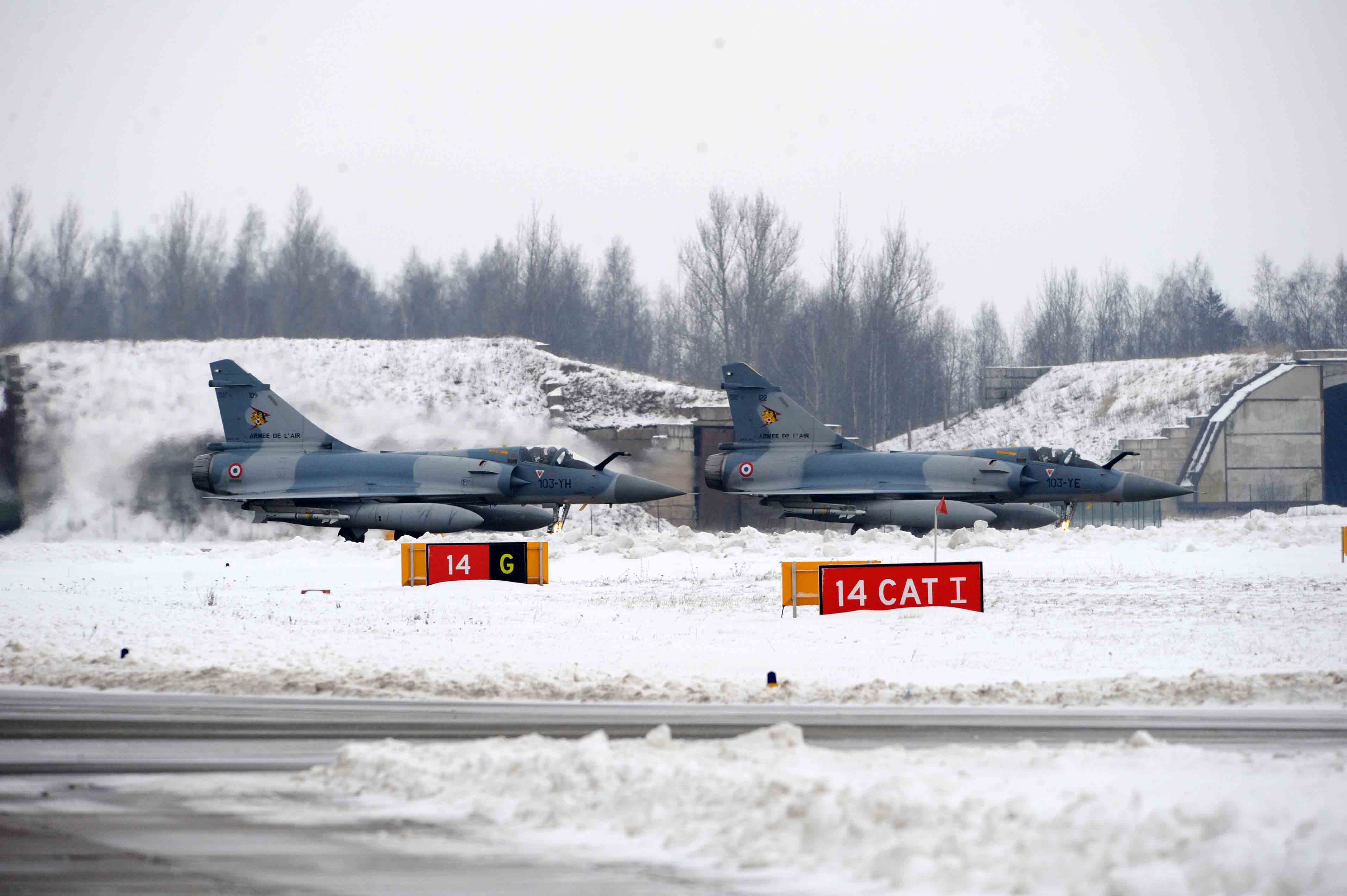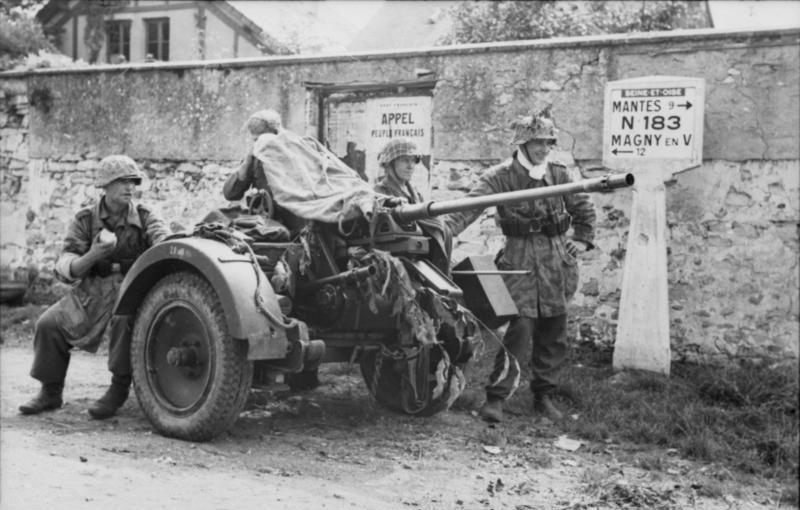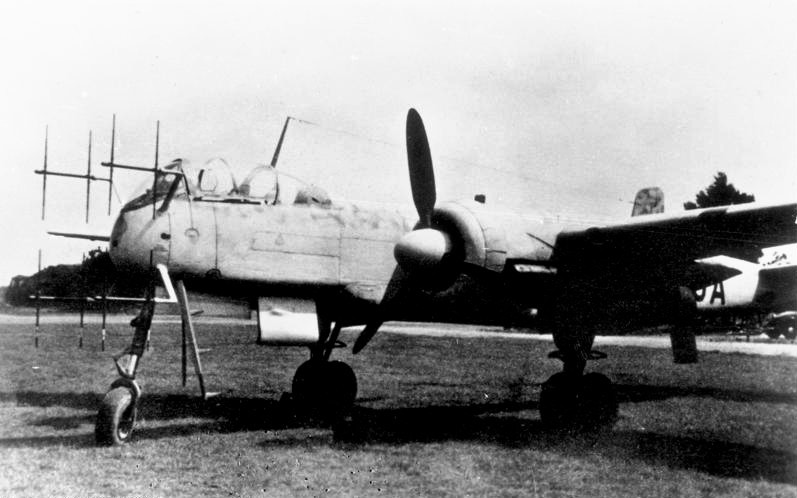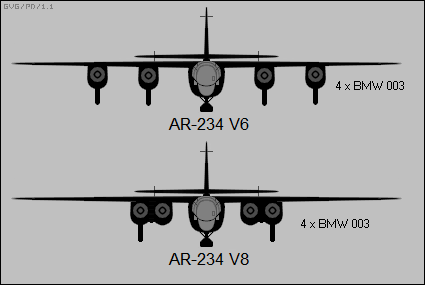|
No. 135 Expeditionary Air Wing
No. 135 Expeditionary Air Wing, previously No. 135 Wing, is a wing of the Royal Air Force. It was stationed at RAF Leeming, controlling the deployable subunits of the base (but not the flying squadrons). It was activated on 1 April 2006 as part of a modernisation package to make the RAF more deployable on an expeditionary basis. Second World War The wing may have been active as early as February 1944 with No. 222 Squadron RAF, 222, 349th Squadron (Belgium), 349 (Belgian) and No. 485 Squadron RNZAF, 485 (NZ) Squadrons. In June 1944, the wing was part of No. 84 Group RAF, 2nd TAF at RAF Selsey, Sussex, with the same three squadrons flying the Spitfire IX LF. The wing was part of No. 18 Fighter Sector of three wings with its headquarters in turn at RAF Chailey nearby.Ellis, ''Normandy'', Appendix VI: 'Allied Air Forces'. From September 1944 until May 1945, still with 84 Group, moving forward in North West Europe, it included No. 33 Squadron RAF, 33, 222, No. 274 Squadron RAF, 274 ... [...More Info...] [...Related Items...] OR: [Wikipedia] [Google] [Baidu] |
Heraldic Badges Of The Royal Air Force
Heraldic badges of the Royal Air Force are the insignia of certain commands, squadrons, units, wings, groups, branches and stations within the Royal Air Force. They are also commonly known as crests, especially by serving members of the Royal Air Force, but officially they are badges. Each badge must be approved by the reigning monarch of the time, and as such will either have a Tudor Crown (heraldry), King's or St Edward's Crown, Queen's Crown upon the top of the badge, dependent upon which monarch granted approval and the disbandment date of the unit.Most units/squadrons and bases had their badges updated to the Queen's Crown sometime after her accession, (although in some cases many years elapsed before the badge was updated). Most of the flying units were disbanded after the Second World War, so their badges retained the King's Crown. Queen Elizabeth II promulgated an order in October 1954 detailing that all current badges in use, and from that date on, were to use the Queen's ... [...More Info...] [...Related Items...] OR: [Wikipedia] [Google] [Baidu] |
Messerschmitt Bf 110
The Messerschmitt Bf 110, often known unofficially as the Me 110,Because it was built before ''Bayerische Flugzeugwerke'' became Messerschmitt AG in July 1938, the Bf 110 was never officially given the designation Me 110. is a twin-engine (Destroyer, heavy fighter), fighter-bomber (''Jagdbomber'' or ''Jabo''), and night fighter (''Nachtjäger'') developed in Nazi Germany in the 1930s and used by the Luftwaffe during World War II. Hermann Göring was a proponent of the Bf 110, believing its heavy armament, speed, and range would make the Bf 110 the Luftwaffe’s premier offensive fighter. Early variants were armed with two MG FF 20 mm cannon, four 7.92 mm (.312 in) MG 17 machine guns, and one 7.92 mm (.312 in) MG 15 machine gun for defence (later variants would replace the MG FFs with MG 151s and the rear gunner station would be armed with the twin-barreled MG 81Z). Development work on an improved type to replace the Bf 110 - the Messerschmitt Me 210 - began be ... [...More Info...] [...Related Items...] OR: [Wikipedia] [Google] [Baidu] |
Constanța
Constanța (, ; ; rup, Custantsa; bg, Кюстенджа, Kyustendzha, or bg, Констанца, Konstantsa, label=none; el, Κωνστάντζα, Kōnstántza, or el, Κωνστάντια, Kōnstántia, label=none; tr, Köstence), historically known as Tomis ( grc, Τόμις), is the oldest continuously inhabited city in Romania, founded around 600 BC, and among the oldest in Europe. A port-city, it is located in the Northern Dobruja region of Romania, on the Black Sea coast. It is the capital of Constanța County and the largest city in the historical region of Dobrogea. Romania’s fifth largest city, it is also the largest port on the Black Sea. As of the 2011 census, Constanța has a population of 283,872. The Constanța metropolitan area includes 14 localities within of the city. It is one of the largest metropolitan areas in Romania. The Port of Constanța has an area of and a length of about . It is the largest port on the Black Sea, and one of the larges ... [...More Info...] [...Related Items...] OR: [Wikipedia] [Google] [Baidu] |
Mihail Kogălniceanu Air Base
The Romanian Air Force 57th Air Base "Mihail Kogălniceanu" ( ro, Baza 57 Aeriană "Mihail Kogălniceanu") is an air base located near Constanța, at the Mihail Kogălniceanu International Airport. It is currently home to the 572nd Helicopter Squadron and also hosts the 861st Fighter Squadron of the 86th Air Base. The current base commander is '' Comandor'' Nicolae Crețu, succeeding ''Comandor'' Adrian Popescu. History Cold War era The 57th Air Base was first formed as , soon to be renamed to , on 15 April 1951 at the Pipera Aerodrome. It was equipped with Po-2, Yak-11, Yak-23 and Yak-17 aircraft. The fighter regiment moved to the Mihail Kogălniceanu Aerodrome in 1955, following the escape by seaplane of two aviators from Palazu Mare. On 1 November 1959, it was renamed to (57th Fighter Aviation Regiment). The name was kept until 1995. From 1979, the first MiG-23s arrived at the base. These equipped the 1st Squadron of the Regiment. The 2nd Squadron converted to the MiG ... [...More Info...] [...Related Items...] OR: [Wikipedia] [Google] [Baidu] |
Baltic Air Policing
The Baltic air-policing mission is a NATO air defence Quick Reaction Alert (QRA) in order to guard the airspace above the three Baltic countries of Estonia, Latvia and Lithuania. Mission Within the Alliance, preserving airspace integrity is conducted as a collective task jointly and collectively using fighter aircraft for air policing. Air policing is a purely defensive mission. Since the 1970s, NATO has established a comprehensive system of air surveillance and airspace management means, as well as Quick Reaction Alert (QRA) assets for intercepts (QRA(I)) provided by its member nations. By means of radar sites, remote data transmission, Control and Reporting Centres (CRCs) and Combined Air Operations Centres (CAOCs) the Alliance ensures constant surveillance and control of its assigned airspace 24 hours a day and 365 days a year. NATO exploits these facilities to react within seconds to air traffic incidents in the Allies’ airspace. This structure of weapon systems, control ce ... [...More Info...] [...Related Items...] OR: [Wikipedia] [Google] [Baidu] |
Šiauliai International Airport
Šiauliai International Airport (also known as Zokniai Airport, lt, Zoknių oro uostas) is located southeast of the city of Šiauliai, in northern Lithuania. It covers an area of . History The airport was one of the largest military airports in the former Soviet Union. In 1955 it was only one of six Soviet bases capable of handling the new Myasishchev M-4 bomber. The Tupolev Tu-126 was based here between the 1960s and 1970s. It was home to the 53 APIB (53rd Fighter-Bomber Aviation Regiment) flying MiG-23 aircraft with the ML, MLD, and UB variants and the MiG-27. It was also home to the 18th Guards Military Transport Aviation Division, and the 196 VTAP (196th Military Transport Aviation Regiment) flying Il-76 aircraft. It was a base of the 117 OAP (117th Independent Aviation Regiment) flying An-12PPS aircraft. The last Soviet troops based here left in 1993. Baltic air policing Šiauliai is home to the NATO Baltic Air Policing The Baltic air-policing mission is a NATO a ... [...More Info...] [...Related Items...] OR: [Wikipedia] [Google] [Baidu] |
Autocannon
An autocannon, automatic cannon or machine cannon is a fully automatic gun that is capable of rapid-firing large-caliber ( or more) armour-piercing, explosive or incendiary shells, as opposed to the smaller-caliber kinetic projectiles (bullets) fired by a machine gun. Autocannons have a longer effective range and greater terminal performance than machine guns, due to the use of larger/heavier munitions (most often in the range of , but bigger calibers also exist), but are usually smaller than tank guns, howitzers, field guns or other artillery. When used on its own, the word "autocannon" typically indicates a non-rotary weapon with a single barrel. When multiple rotating barrels are involved, such a weapon is referred to as a "rotary autocannon" or occasionally "rotary cannon", for short (particularly on aircraft). Autocannons are heavy weapons that are unsuitable for use by infantry. Due to the heavy weight and recoil Recoil (often called knockback, kickback o ... [...More Info...] [...Related Items...] OR: [Wikipedia] [Google] [Baidu] |
2 Cm Flak 30/38/Flakvierling
The Flak 30 (''Flugzeugabwehrkanone 30'') and improved Flak 38 were 20 mm anti-aircraft guns used by various German forces throughout World War II. It was not only the primary German light anti-aircraft gun but by far the most numerously produced German artillery piece throughout the war. It was produced in a variety of models, notably the Flakvierling 38 which combined four Flak 38 autocannons onto a single carriage. Development The Germans fielded the unrelated early 2 cm Flak 28 just after World War I, but the Treaty of Versailles outlawed these weapons and they were sold to Switzerland. The original Flak 30 design was developed from the Solothurn ST-5 as a project for the Kriegsmarine, which produced the 20 mm C/30. The gun fired the "Long Solothurn", a 20 × 138 mm belted cartridge that had been developed for the ST-5 and was one of the more powerful 20 mm rounds. The C/30, featuring a barrel length of 65 calibres, had a fire rate of about ... [...More Info...] [...Related Items...] OR: [Wikipedia] [Google] [Baidu] |
Heinkel He 219
The Heinkel He 219 ''Uhu'' (" Eagle-Owl") is a night fighter that served with the German Luftwaffe in the later stages of World War II. A relatively sophisticated design, the He 219 possessed a variety of innovations, including Lichtenstein SN-2 advanced VHF-band intercept radar, also used on the Ju 88G and Bf 110G night fighters. It was also the first operational military aircraft to be equipped with ejection seats and the first operational German World War II-era aircraft with tricycle landing gear. Had the ''Uhu'' been available in quantity, it might have had a significant effect on the strategic night bombing offensive of the Royal Air Force; however, only 294 of all models were built by the end of the war and these saw only limited service.Boyne 1997, p. 330. Ernst-Wilhelm Modrow was the leading night fighter ace on the He 219. Modrow was credited with 33 of his 34 night air victories on the type. Design and development Development and production of the He 219 was protra ... [...More Info...] [...Related Items...] OR: [Wikipedia] [Google] [Baidu] |
Rheine-Hopsten Air Base
Rheine-Hopsten Air Base is a former German Air Force military airfield, located 9.3 km north east of Rheine in Westphalia, Germany. The runway was closed in 2005 with the retirement of the F-4F Phantom II aircraft. History In 1939 works to build an airfield for the Luftwaffe began. These works were completed in 1940. World War II Hopsten airfield played only a secondary role as an operational base for the Luftwaffe in the opening stages of World War II. In the years between 1939 and 1944, the airfield was used only for short periods by different day and night fighter units as well as various bomber wings. As part of the " Defense of the Reich Campaign" begun in 1944 as Allied air attacks became more intense against Nazi Germany, Hopsten airfield became a hub for a multitude of Luftwaffe activity. Daily operations were conducted with the Messerschmitt Bf 109, Bf 110, Heinkel He 111, He 219 and Focke Wulf 190 aircraft. Starting in September 1944, the Messerschmitt Me ... [...More Info...] [...Related Items...] OR: [Wikipedia] [Google] [Baidu] |
Royal Air Force
The Royal Air Force (RAF) is the United Kingdom's air and space force. It was formed towards the end of the First World War on 1 April 1918, becoming the first independent air force in the world, by regrouping the Royal Flying Corps (RFC) and the Royal Naval Air Service (RNAS). Following the Allied victory over the Central Powers in 1918, the RAF emerged as the largest air force in the world at the time. Since its formation, the RAF has taken a significant role in British military history. In particular, it played a large part in the Second World War where it fought its most famous campaign, the Battle of Britain. The RAF's mission is to support the objectives of the British Ministry of Defence (MOD), which are to "provide the capabilities needed to ensure the security and defence of the United Kingdom and overseas territories, including against terrorism; to support the Government's foreign policy objectives particularly in promoting international peace and security". The R ... [...More Info...] [...Related Items...] OR: [Wikipedia] [Google] [Baidu] |
Arado Ar 234
The Arado Ar 234 ''Blitz'' (English: lightning) is a jet-powered bomber designed and produced by the German aircraft manufacturer Arado. It was the world's first operational turbojet-powered bomber, seeing service during the latter half of the Second World War. Development of the Ar 234 can be traced back to the latter half of 1940 and the request to tender from the Ministry of Aviation to produce a jet-powered high-speed reconnaissance aircraft. Arado was the only respondent with their ''E.370'' design. While its range was beneath that of the Ministry's specification, an initial order for two prototypes was promptly issued to the company, designated ''Ar 234''. While both of the prototypes had been mostly completed prior to the end of 1941, the Junkers Jumo 004 turbojet engines were not available prior to February 1943. Due to engine unreliability, the maiden flight of the Ar 234 V1 was delayed until 30 July 1943. In addition to the original reconnaissance-orientated ''Ar 23 ... [...More Info...] [...Related Items...] OR: [Wikipedia] [Google] [Baidu] |








